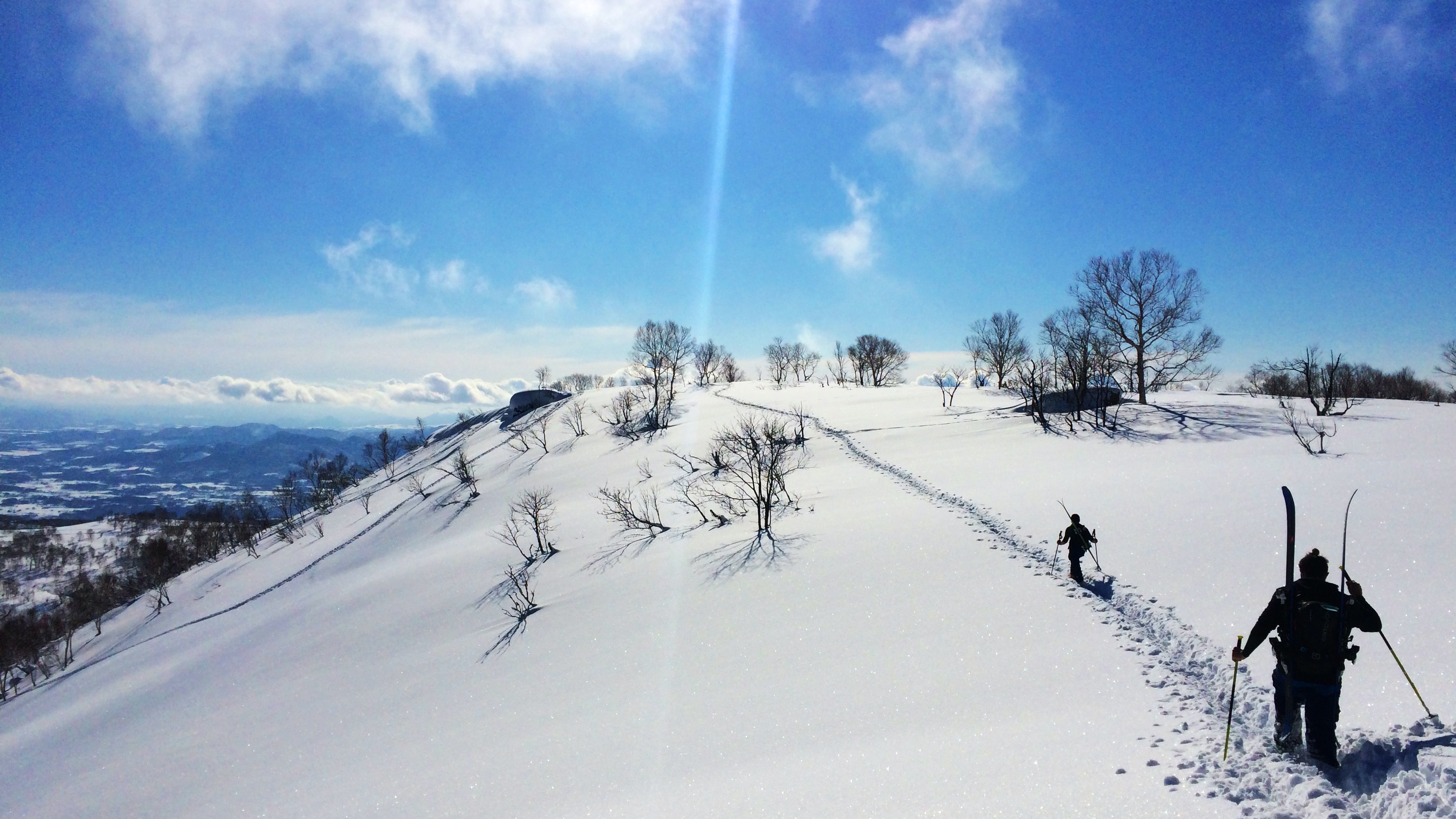Issue:
January 2024
Seafood ban and tech plants pose challenges for Hokkaido in 2024. Not to mention the bears and ski slope spivs.

The two biggest Hokkaido news events of the year were the announcement that Rapidus had chosen Chitose as its production base for the world’s first 2-nm silicon chips, and Sapporo's decision to abandon its bid to host the 2030 Winter Olympics and Paralympics amid local opposition over cost. That aside, the year was marked by ongoing economic measures by Japan against Russia over the war in Ukraine, although some imports of natural gas from Sakhalin were permitted. That directly impacted Hokkaido communities that have economic, educational, and cultural ties to Russia. That and the Chinese ban on Japanese seafood hit Hokkaido particularly hard, although it seems there is less local concern over the latter, since firms in Hokkaido and China are reportedly finding ways around the ban.
In no particular order of importance, here are some of the Hokkaido-related issues expected to make the headlines in 2024.
After two years of the coronavirus pandemic, when human traffic throughout Hokkaido was greatly reduced, life – and the tourism industry – returned to normal in 2023. But judging by the news, it quickly began to feel like Hokkaido and much of Japan was under attack by marauding bears. Several friends in Kanto and Kansai even asked if I was OK and if it was safe for them to visit.
A changing climate is driving bears into human habitats in search of food, while population decline means there are fewer people to monitor the animals, especially in remote forests and farming areas. That, together with an explosion in the population of bears in Hokkaido (about 11,700, nearly double the 5,200 of three decades ago) mean that ursine sightings and encounters are becoming more common. Even so, the number of deaths in the prefecture due to bear attacks is still low. Between April and November, just two people were killed and seven others injured.
With international tourism now back with a vengeance and dangerously hot summers expected to draw people from other parts of Japan to Hokkaido’s still temperate climate, striking a politically acceptable balance between the welfare of bears and the safety of humans will be a major challenge in the coming year.
As I write this on Christmas Day, Sapporo station and the surrounding area are packed with tourists from Asia, Europe and North America. Carrying skis and dressed in the finest parkas, they’re clearly passing through on their way to or from the slopes of Niseko.
Over the next two or three months, hopes are high that Niseko will see record-breaking numbers of skiers. At the same time, other parts of Hokkaido, including here in Sapporo and ski resorts in the centre of the prefecture, are also hoping to draw downhill and cross-country enthusiasts.
Expectations are high that 2024 will see a return to pre-pandemic levels of ski resort holidaymakers and revenue. But a word of caution. As in any boomtown, Hokkaido is home to number of grifters and con artists hoping to cash in on the tourist bonanza by, for example, promoting themselves to naïve, wealthy foreign ski bums as ski instructors or local guides. Regulations governing sectors such as backcountry skiing are loose, to put it mildly. I’ve heard a few horror stories from Hokkaido acquaintances about near-disasters caused by unqualified guides. Cracking down on these con artists is, or should be, a priority.
In 2025, the Rapidus semiconductor foundry near Chitose airport is expected to begin producing 2-nm chips – the world’s smallest. About 1,000 engineers will be needed, and a number of those will likely be from abroad. Rapidus is expected to be the magnet that draws in other foreign technology businesses, as well as renewable energy firms and an entirely new service industry to cater to the needs of everyone who comes to live and work in Chitose and the surrounding area.
It is hard to say exactly how many foreign employees will move to Chitose to work for Rapidus and other firms. But the question Chitose and Hokkaido face in 2024 is whether they are ready, in terms of international social infrastructure, to welcome new residents from around the world.
My experience with Chitose officials so far has left me convinced they are not thinking seriously about how to deal with new foreign residents, most of whom will have very limited Japanese-language ability. Compared to a lot of other parts of Japan, Hokkaido is a do-it-yourself kind of place. That’s fine for Japanese residents or foreigners who have lived in Japan for a while and have language and cultural proficiency, but what if you have neither and are expected to live and work in part of Japan that has limited experience dealing with foreign residents?
Official Hokkaido tends to thinks of foreigners as, first and foremost, tourists in need of the omotenashi treatment and not as neighbors who will need help with everything from emergency medical care in to international schools. Chitose, Hokkaido Prefecture, Rapidus, and the overseas firms it is involved with (including IBM and Belgium’s IMEC) will likely spend at least some of 2024 looking for answers to these questions.
Other issues to keep an eye on in the coming year are Hokkaido’s relationship with Russia and whether former residents of the Northern Territories are finally allowed to visit their ancestors’ graves, and continuing efforts to have the remains of Ainu people held at local museums and universities returned to their communities. It will also be interesting to see what decisions are made next year about how Ainu culture will be presented to the world at the 2025 Osaka Kansai Expo, and who in Hokkaido and the rest of Japan is involved in – or omitted from - the decision-making process.
Eric Johnston is the Senior National Correspondent for the Japan Times. Views expressed within are his own and do not necessarily reflect those of the Japan Times.

